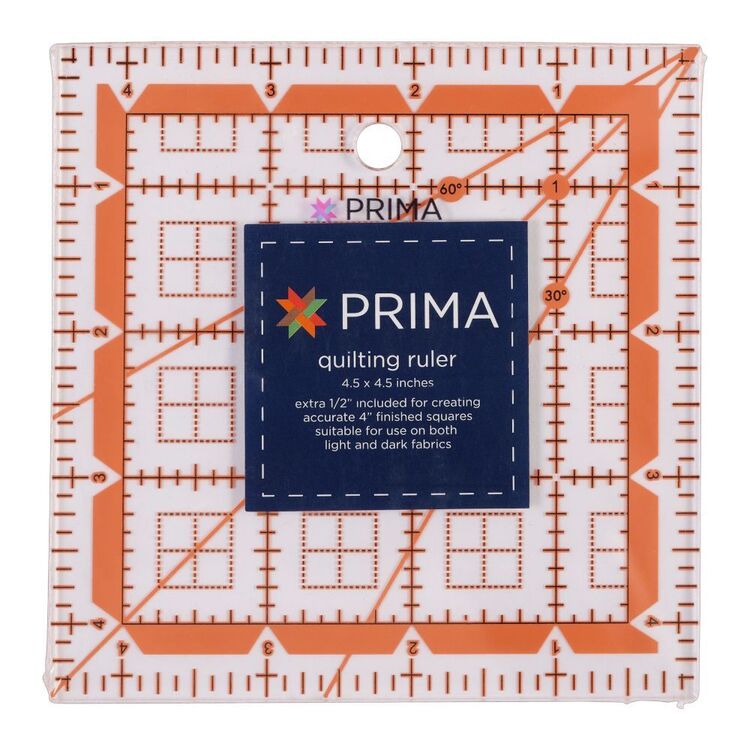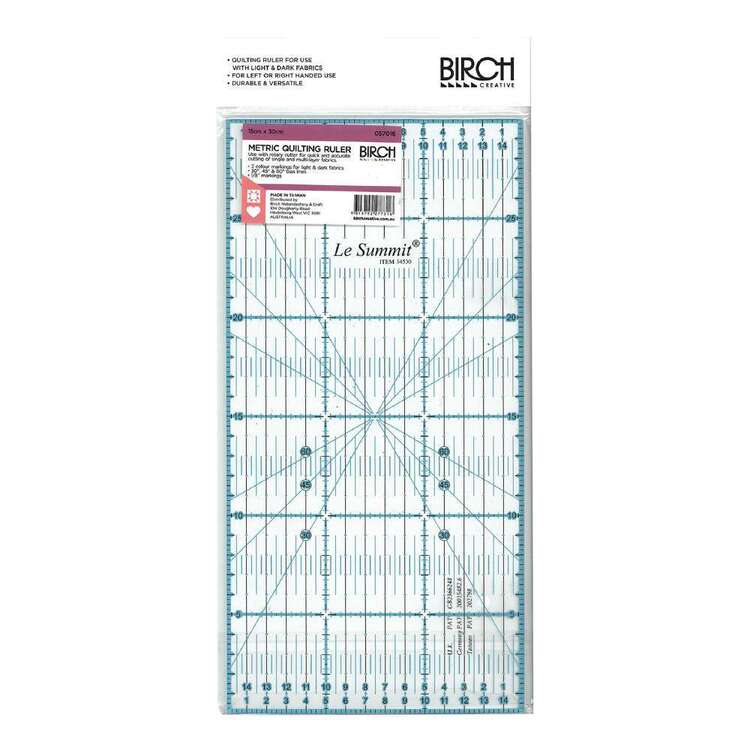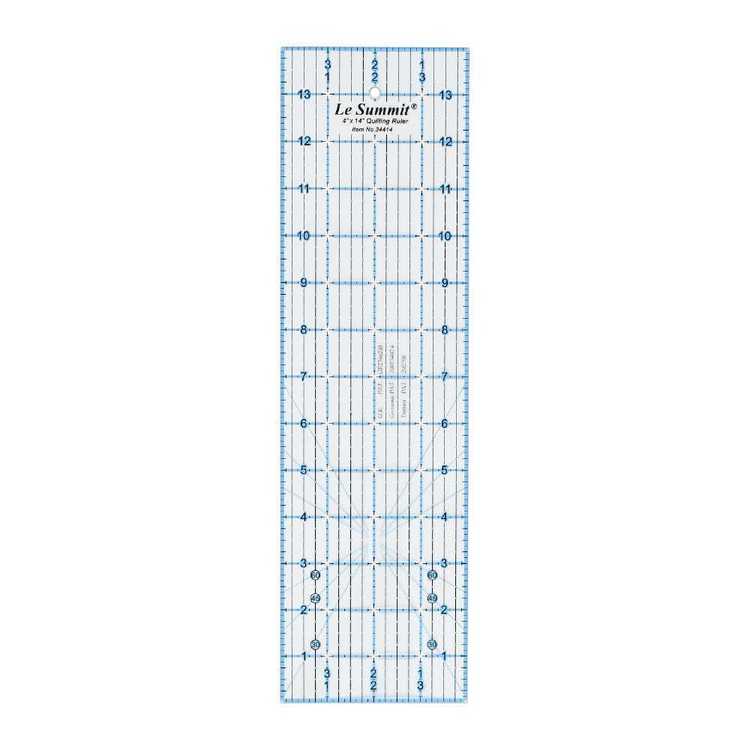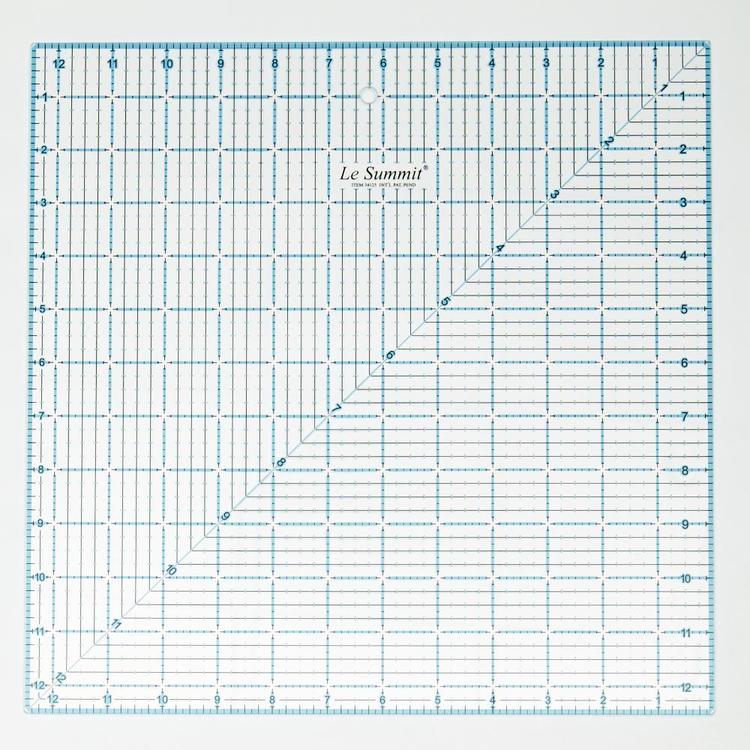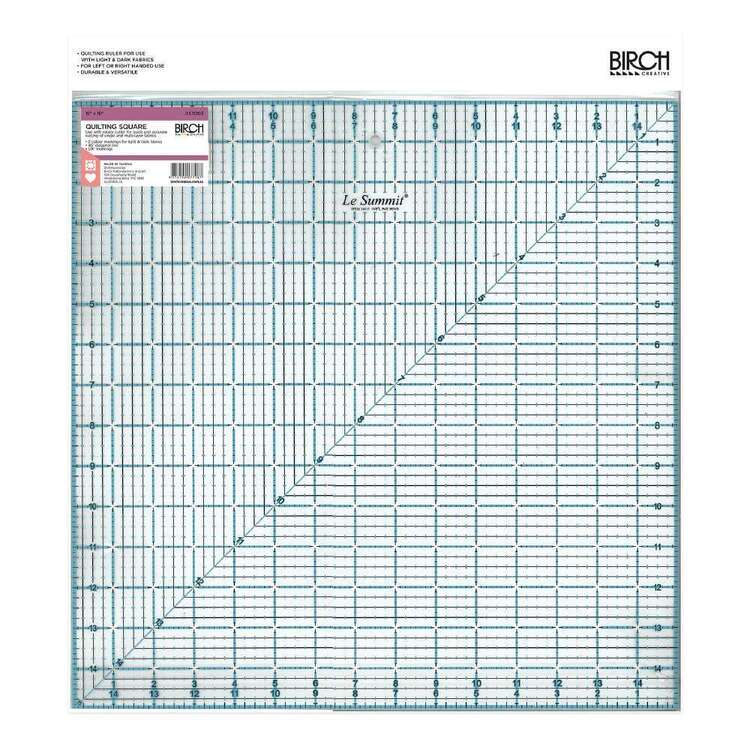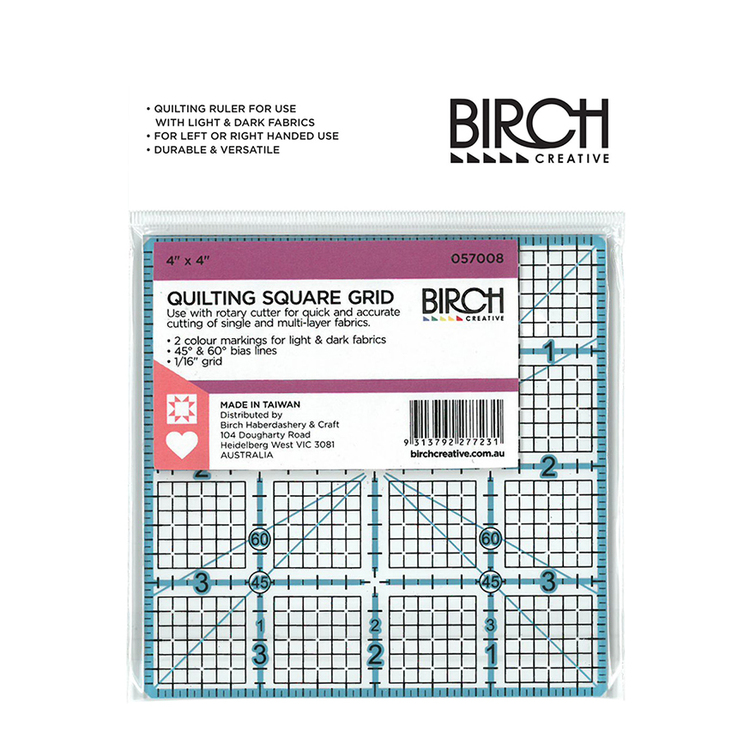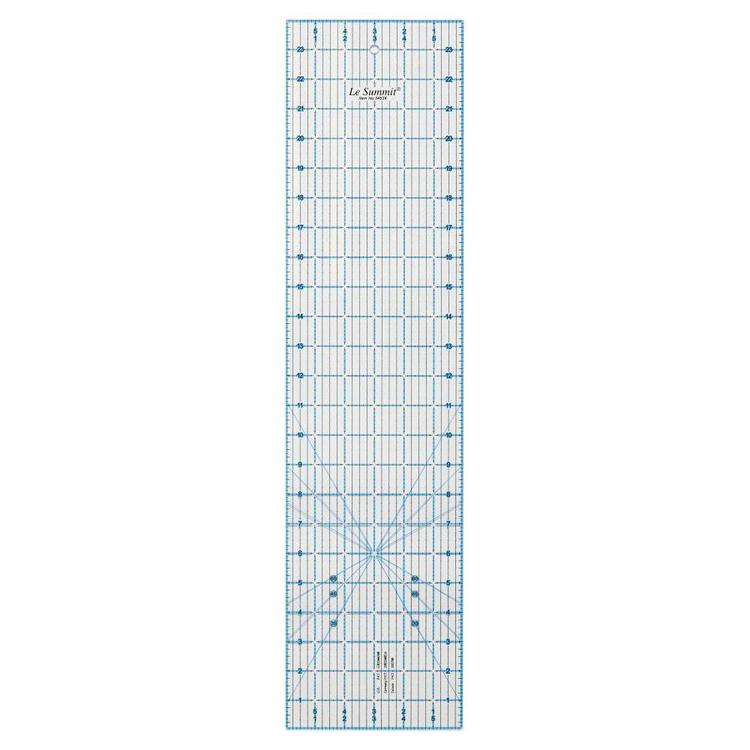 | ||
| Your browser is not supported. | ||
|
Please browse our site using any of the following options:
| ||
Quilting Rulers
Need to measure your quilting fabrics with more precision? Check out the collection of sewing & quilting rulers at Spotlight. Shop online or in-store.
7 items found.
How To Measure And Cut Quilting Fabrics Perfectly?
One source of frustration for many quilters is the measuring and cutting process, which often leads to some errors if done incorrectly. However, there are some tips new crafters can take into consideration and subsequently avoid common issues arising during measuring and cutting. Read on to discover these tips and implement them in your own crafting projects.
What Supplies Do I Need For Better Measuring And Cutting?
Measuring and cutting requires the right tools, and some of them are specified in sewing patterns. In most cases, crafters will need a good rotary cutter, fabric scissors, and a self-healing cutting mat to make the entire process a little easier. They will also need a ruler and possibly a cutting mat with thick lines to help with fabric alignment.
What Measuring And Cutting Tips Are Recommended For Quilters?
When you measure some of your fabric, it is most important to measure more than once. Even if you have some experience with sewing, measuring, and cutting, it does not mean that you cannot make mistakes. In fact, simple mistakes during the first measuring sessions often lead to frustrating errors later on. So, instead of measuring just once, do it at least twice to avoid simple mistakes that could have been avoided.
If you are measuring your fabric, it is not a bad idea to add a little more to the seam allowance. Since mistakes can be made while sewing, having that little extra leeway certainly does not hurt. And while you will use a little more fabric, it is still more affordable than having to throw away a failed project.
During the measuring process, Spotlight also recommends the use of a suitable fabric marker. Whether you are cutting in a straight line or a curved line, the marking on the fabric ensures you are staying in the right place. Please note that some projects are less forgiving than others, so in some cases the thickness of the line can matter tremendously. So, always make sure you have a combination of thicker and thinner fabric markers laying around for the best results.
When you speak to an experienced crafter, you will learn about the importance of the straight edge. Basically, the straight edge is usually an item such as a ruler or a flat piece of wood that used to keep the fabric straight while cutting. In addition to that, the straight edge must also be used to position the pattern on a fabric. So, make sure that the pattern of the fabric is parallel to the straight edge before you start cutting out your pattern. Please note that all patterns should be using this straight edge.
As a crafter, it is also important to think about fabric shrinkage. You may know already that the large majority of fabrics tend to shrink upon their first wash. For example, this is the case for common fabrics such as cotton. Naturally, fabric shrinkage can influence your measurements and even ruin the stitches on a final project.
To avoid problems with fabric shrinkage, always make sure you pre-wash your fabrics. Pre-washing fabrics does not only allow for easier handling of the fabric while sewing, it also prevents huge amounts of shrinkage once you have done your measurements.
If you pre-wash your fabric, make sure there are no wrinkles and creases in your fabric when you start measuring. Evidently, not all fabrics come out of the washing machine flat and wrinkle-free. So, it is possible that you may have to steam and iron your chosen fabric before you can measure it again.
When it comes to cutting your actual fabric, always test the suitability of your chosen cutting tools beforehand. If you use the same tools regularly, it is not uncommon for cutting tools to become blunt. These blunt tools can damage your fabric during the cutting process but can also cause an inaccurate cut. This is especially the case for straight lines. So, make sure all your cutting tools are sufficiently sharp before you get started.
When you need to cut several layers of fabric at once, it is useful to look into a rotary cutter. Fabric scissors are great for dressmaking or garment construction, but less suitable to cut out fat quarters for a patchwork quilt. A rotary cutter allows you to cut several layers of fabric with more precision. Rotary cutters are also suitable to cut more elaborate lines and curves in fabric, especially compared to basic scissors.




